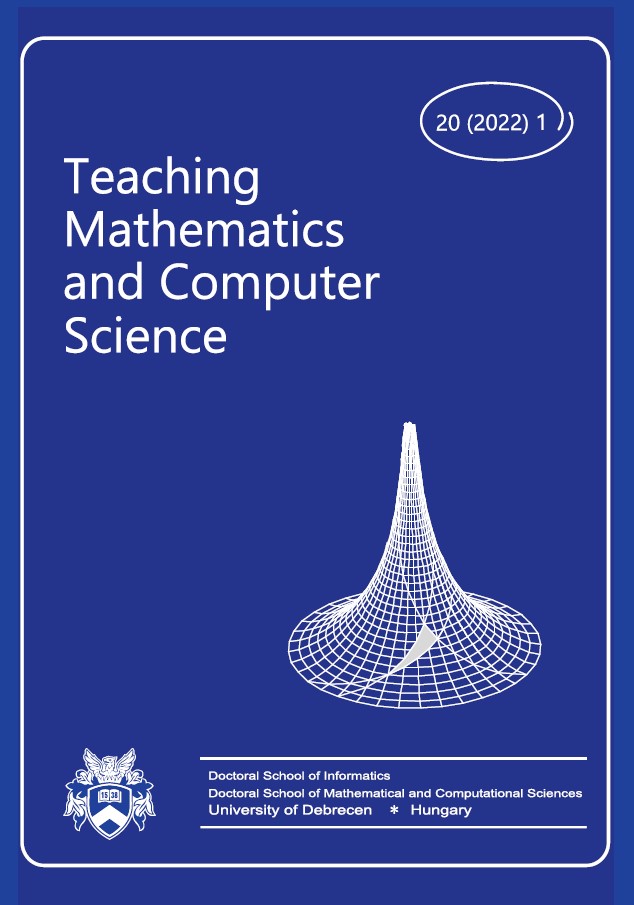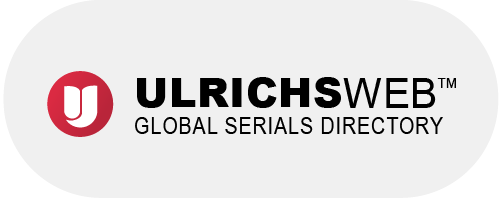Vol. 20 No. 1 (2022)
##issue.tableOfContents##
Articles
-
Teaching agile operation and leadership through linked university courses
1-32Views:189Agile software development methods, especially Scrum, are commonly used in software development companies. For this reason, our goal was that our undergraduate students gain experience as Scrum development team members and our master's students as agile leaders. To this end, we had redesigned and linked an undergraduate and a master's course, and launched the new course in the spring of 2021. The success of our approach was confirmed by a questionnaire survey of 86 undergraduate and 27 master's students. A/B testing was also performed. Our approach is a novelty compared to solutions where the Scrum Master is a course member, an instructor, or a university employee. In addition to being resource-efficient, it also offers master's students an unparalleled opportunity to develop agile leadership skills.
Subject Classification: 97U50
PDF285 -
What does ICT help and does not help?
33-49Views:234Year by year, ICT tools and related teaching methods are evolving a lot. Since 2016, the author of the present lines has been looking for a connection between them that supports the development of mathematical competencies and could be integrated into Transcarpathian minority Hungarian language education too. As a doctoral student at the University of Debrecen, I experienced, for example, how the interactive whiteboard revolutionized illustration in Hungarian mathematics teaching, and how it facilitated students' involvement. During my research of teaching in this regard, in some cases, the digital solution had advantageous effects versus concrete-manipulative representation of
Bruner's too.
At the same time, ICT "canned" learning materials (videos, presentations, ...) allow for a shift towards repetitive learning instead of simultaneous active participation, which can be compensated for by the "retrieval-enhanced" learning method.
I have conducted and intend to conduct several research projects in a Transcarpathian Hungarian primary school. In the research so far, I examined whether, in addition to the financial and infrastructural features of the Transcarpathian Hungarian school, the increased "ICT-supported" and the "retrieval-enhanced" learning method could be integrated into institutional mathematics education. I examined the use of two types of ICT devices: one was the interactive whiteboard, and the other was providing one computer per student.
In this article, I describe my experiences, gained during one semester, in the class taught with the interactive whiteboard on the one hand, and in the class taught according to the "retrieval-enhanced" learning method on the other hand.
I compare the effectiveness of the classes to their previous achievements, to each other, and to a class in Hungary.Subject Classification: 97U70
PDF254 -
A case study of the integration of Algorithm Visualizations in Hungarian programming education
51-66Views:242In this study, I will introduce how Algorithm Visualizations (AV) can help programming education or, in this case, the acquisition of basic programming theorems. I used two di erent methods to test this: in the first round, I examined in a larger group how much the students' ability to solve specific tasks changes after being introduced to a visualization tool, and then, what was their motivation and experience during this process. In the second round, I looked for the components that could be important when choosing a tool with the help of an in-depth interview with a smaller number of individuals. In both cases, I describe the research, experience, and results of the study, and then summarize them at the end.
Subject Classification: 97P10
PDF243 -
Connections between discovery learning through the Pósa Method and the secondary school leaving examination in three Hungarian mathematics classrooms
67-85Views:404The Pósa Method is a guided discovery learning method that has been used in Hungarian education in the form of extracurricular activities for "gifted" mathematics students. A four-year experiment implemented the method in three more "average" classrooms. This article reports on the relationship between the Pósa Method and the standardized secondary school leaving mathematics exam (Matura Exam in short) in Hungary. Data consists of students' survey responses, teacher interviews, and exam results from the three Hungarian classrooms who took part in the four-year experiment. We identify aspects of the Pósa Method that can benefit and hinder exam performance. In addition, we find that learning through the Pósa Method for the four years of high school has adequately prepared students for the exam.
Subject Classification: 97D44, 97D54, 97D64
PDF367 -
Lehre der Trigonometrie anhand realistischer Aufgaben im Online-Unterricht
87-105Views:186The aim of our study was to explore the effects of the active use of realistic exercises in the field of trigonometry. We taught a group of 14 pupils, who were in grade 11. The most of them told us they did not plan mathematics-related studies in the future. We included realistic exercises into our teaching plan, which covered the fields of scalar product, as well as the sine and cosine theorems. Our teaching experiment was done within the framework of online teaching. Effects on the motivation, performance and results of the students were taken into consideration. We also attempted to examine the effects of online teaching on motivation and whether the use of realistic exercises is worthwhile in an online classroom environment. Performance of the students showed a tendency of improvement when they were dealing with the material through realistic exercises even despite the teaching happened online.
Subject Classification: 97C70, 97D40, 97G60
PDF254 -
Promoting a meaningful learning of double integrals through routes of digital tasks
107-134Views:364Within a wider project aimed at innovating the teaching of mathematics for freshmen, in this study we describe the design and the implementation of two routes of digital tasks aimed at fostering students' approach to double integrals. The tasks are built on a formative assessment frame and classical works on problem solving. They provide facilitative and response-specific feedback and the possibility to request different hints. In this way, students may be guided to the development of well-connected knowledge, operative and decision-making skills. We investigated the effects of the interaction with the digital tasks on the learning of engineering freshmen, by comparing the behaviours of students who worked with the digital tasks (experimental group, N=19) and students who did not (control group, N=19). We detected that students in the experimental group showed more exibility of thinking and obtained better results in the final exam than students in the control group. The results confirmed the effectiveness of the experimental educational path and offered us interesting indications for further studies.
Subject Classification: 97D40, 97U70, 44A45
PDF362 -
Report of Meeting Researches in Didactics of Mathematics and Computer Sciences, April 1-3, 2022 Baja, Hungary
135-155Views:262The meeting Researches in Didactics of Mathematics and Computer Sciences was held in Baja, Hungary, at Eötvös József College, from the 1st to the 3th of April, 2022. It was organized by the Doctoral School of Mathematical and Computational Sciences of the University of Debrecen and by Eötvös József College. The 62 participants - including 18 PhD students - came from 8 countries and represented 26 institutions of higher and secondary education. There were 3 plenary and 40 session talks in the program.
PDF419







